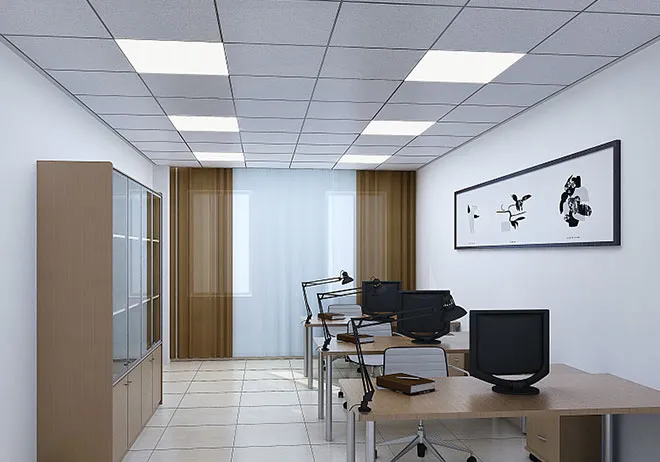- Afrikaans
- Albanian
- Amharic
- Arabic
- Armenian
- Azerbaijani
- Basque
- Belarusian
- Bengali
- Bosnian
- Bulgarian
- Catalan
- Cebuano
- Corsican
- Croatian
- Czech
- Danish
- Dutch
- English
- Esperanto
- Estonian
- French
- German
- Greek
- Hindi
- Indonesian
- irish
- Italian
- Japanese
- Korean
- Lao
- Malay
- Myanmar
- Norwegian
- Norwegian
- Polish
- Portuguese
- Romanian
- Russian
- Serbian
- Spanish
- Swedish
- Thai
- Turkish
- Ukrainian
- Uzbek
- Vietnamese
Lis . 11, 2024 17:06 Back to list
mineral fiber ceiling specification
Understanding Mineral Fiber Ceiling Specification
Mineral fiber ceilings, often referred to as acoustic ceiling tiles or panels, play a crucial role in modern architecture and interior design. These ceilings are widely recognized for their superior sound-absorbing capabilities, thermal insulation, and overall aesthetic appeal. This article aims to delve into the specifications of mineral fiber ceilings, exploring composition, characteristics, installation considerations, and maintenance.
Composition and Manufacturing
Mineral fiber ceilings are primarily made from natural and synthetic materials, including mineral wool, glass fiber, and various binders. Mineral wool, derived from rocks or industrial by-products, provides excellent sound absorption and fire-resistant properties. Glass fibers enhance strength and durability while maintaining a lightweight design. The combination of these materials leads to acoustic tiles that meet various industry standards.
The manufacturing process typically involves creating a slurry of these materials, which is then formed into sheets or tiles. These panels can be finished with various textures and coatings, allowing for customization to fit diverse interior styles.
Acoustic Performance
One of the standout features of mineral fiber ceilings is their sound absorption capability. These ceilings are designed to reduce noise levels within spaces, making them ideal for offices, schools, hospitals, and other environments where sound control is critical. The Noise Reduction Coefficient (NRC) is a key measurement in this domain, indicating the ceiling's effectiveness at absorbing sound. Higher NRC ratings (close to 1.0) signify better sound absorption, enhancing the acoustic comfort of a room.
Thermal Insulation
In addition to acoustic benefits, mineral fiber ceilings provide effective thermal insulation. Their ability to trap air within the fibers helps maintain indoor temperature, contributing to energy efficiency. This characteristic is especially valuable in regions with extreme temperatures, as it can lead to reduced heating and cooling costs over time.
mineral fiber ceiling specification

Fire Resistance
Safety is a primary concern in construction, and mineral fiber ceilings excel in this area. Most mineral fiber panels have a Class A fire rating, indicating their resistance to ignition and minimal contribution to flames and smoke. This makes them a preferred choice for commercial buildings where fire safety codes are stringent.
Installation Considerations
Installation of mineral fiber ceilings typically involves a suspended grid system, allowing for easy adjustment and maintenance access. The lightweight nature of the tiles simplifies handling and reduces labor costs during installation. When installing these ceilings, it is essential to ensure proper alignment and spacing to achieve the desired acoustic and aesthetic effects.
Moreover, consideration should be given to the ceiling height and room dimensions. Larger spaces may benefit from tiles with higher NRC ratings to effectively manage sound, while smaller areas may focus more on aesthetics in selection.
Maintenance and Care
Maintaining mineral fiber ceilings is relatively straightforward. Regular dusting and occasional wet cleaning can help preserve their appearance and performance. It is recommended to use a soft cloth or vacuum attachment to avoid damaging the tiles. In commercial settings, any tiles that become stained or damaged should be replaced promptly to maintain the ceiling's acoustic performance and overall aesthetics.
Conclusion
In summary, mineral fiber ceilings present an effective solution for enhancing the interior environments of various buildings. Their unique specifications, including sound absorption, thermal insulation, and fire-resistance properties, make them an essential element in modern construction and design. When selecting and installing mineral fiber ceilings, considerations around composition, acoustic performance, and maintenance can help achieve the desired results, ensuring that both functional and aesthetic needs are met while maintaining safety standards. As the demand for better indoor environments continues to grow, the importance of understanding and utilizing mineral fiber ceiling specifications will remain a significant aspect of architectural and interior design practices.
-
Transform Interiors with PVC Gypsum Ceiling: A Stylish, Durable, and Moisture-Resistant SolutionNewsMay.19,2025
-
The Smart Interior Upgrade: Discover the Durability and Versatility of Gypsum Ceiling Access Panel SolutionsNewsMay.19,2025
-
The Smart Choice for Interior Design: Discover the Value of PVC Gypsum Ceiling SolutionsNewsMay.19,2025
-
Mineral Fiber Ceiling Tiles: The Smart Blend of Performance and AestheticsNewsMay.19,2025
-
Mineral Fiber Ceiling Tiles: The Superior Choice Over Gypsum for Sound and Fire SafetyNewsMay.19,2025
-
Mineral Fiber Ceiling Tiles: Eco-Friendly Strength and Style for Every CeilingNewsMay.19,2025







